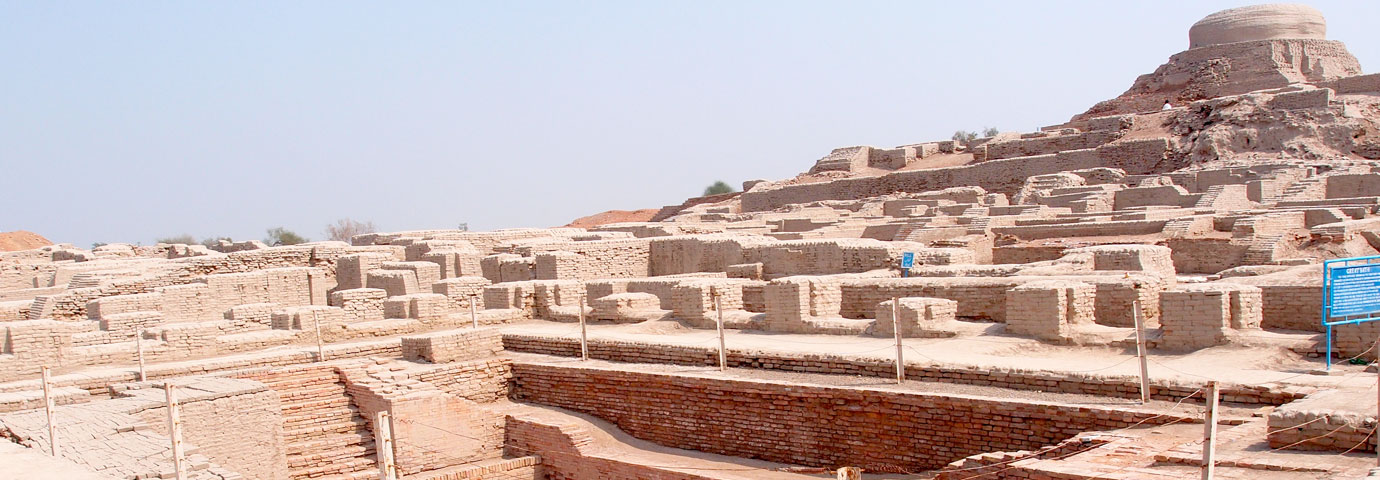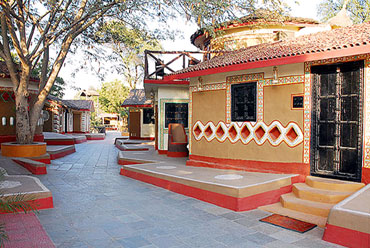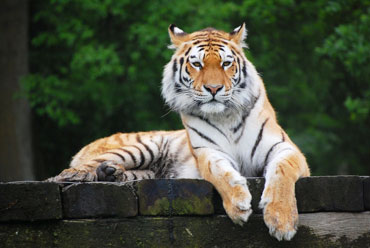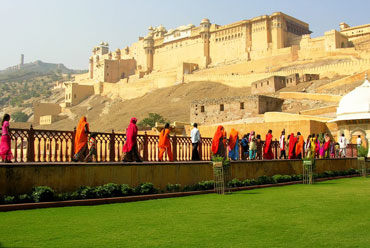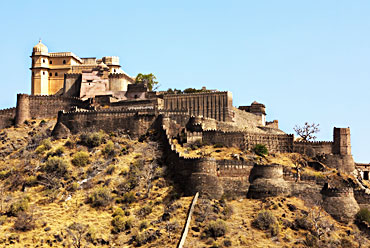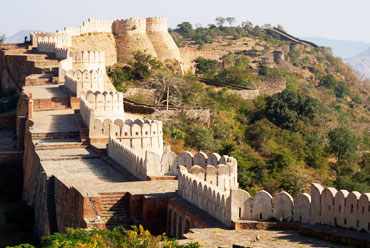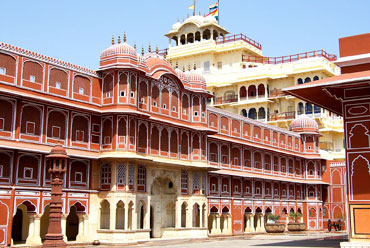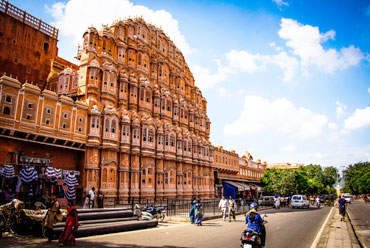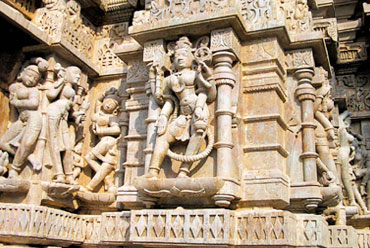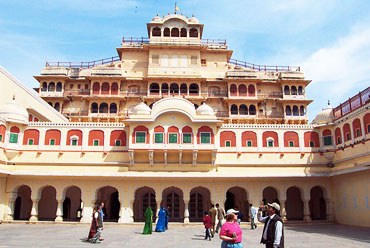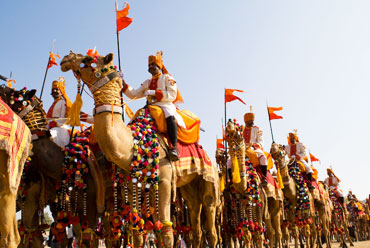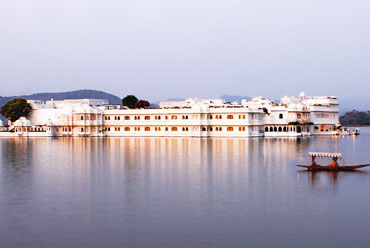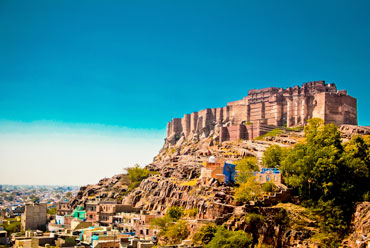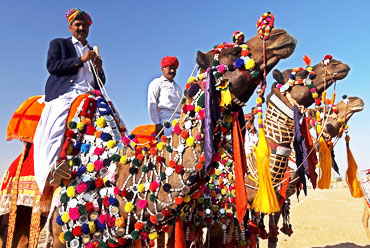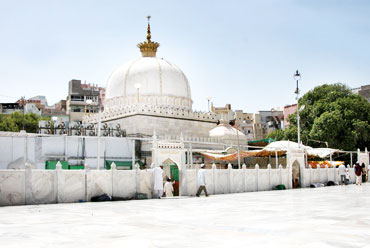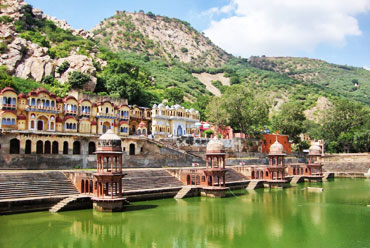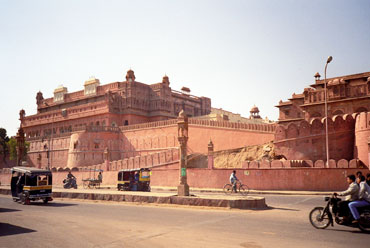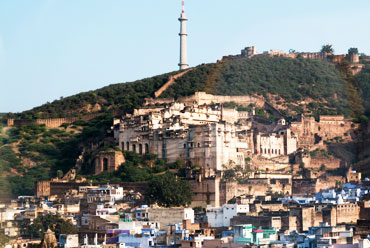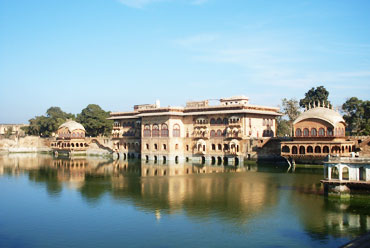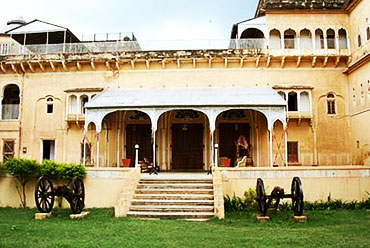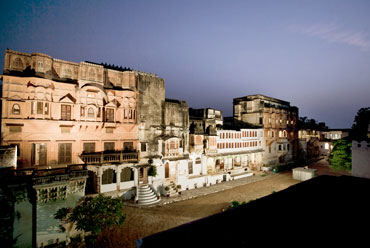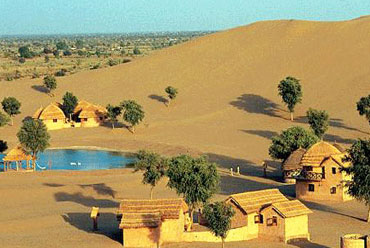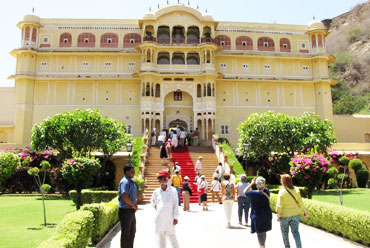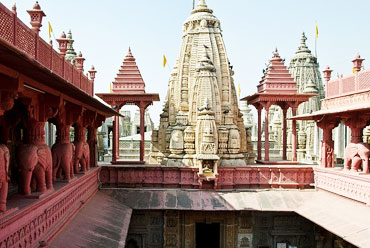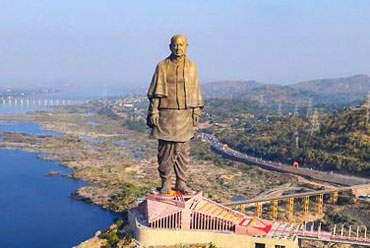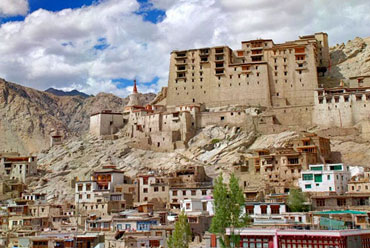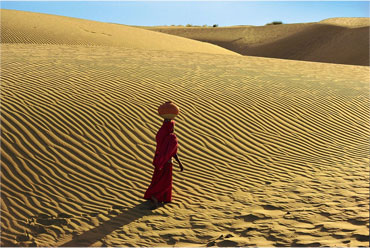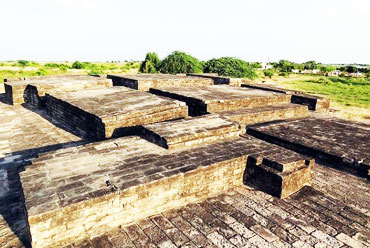Long before recorded history, many thousands of years ago, there was a city on the banks of a river called Saraswati. Agriculture flourished here, as did commerce and the industries of pottery, iron and beads. And then, the mighty river changed its course and finally dried up due to the immensity of the encroaching desert. The winds of change buried the city under the sands of time and for the next four thousand years or more, it lay entombed below the dunes as millenniums slipped silently by on the hot desert surface. And the ancient city was forever lost to memory.
And then one day in 1962 it was rediscovered as much by accident as by design. After nearly 5000 years it was dug out from the womb of the earth near sand bound village in north Rajasthan called Kalibanga.
History
The name Kalibanga itself does not say much but to a student of history it is immediately recognized as one of the important sites of the Indus Valley Civilization that flourished around 3000 to 5000 years BC.
Today, we can say that this civilization ranged between Baluchistan in the west to Meerut in the east; from Punjab in the north to the warm seaports of Gujarat in the south. In this vast region of northwest India, there were two principle sites of Harappa and Mohanjodaro that were first excavated in the 1930s by Sir Mortimer Wheeler. Later, other IVC (Indus Valley Civilization) sites came to light as well but nothing could match the sheer size and scope of the evidence unearthed at Harappa and Mohanjodaro. After India gained independence in 1947, these two world famous sites were now across the border in new Pakistan. Indians justifiably felt deprived of their ancient cultural heritage. A renewed effort at locating IVC sites within Indian boundaries was made since the nascent nation was eager to regain some of the lost evidence that proved India to be such an ancient civilization.
Tourists Attractions
They were amply rewarded when Dr. A. Ghosh of the Archaeological Survey of India stumbled upon this site at Kalibanga one winter day in February 1962. Eager to establish that Indus Valley Civilization was truly Indian in character, Kalibanga was taken up as a prime site and feverish excavation work took place in a manner more technically advanced than what was done at Mohanjodaro and Harappa. With scientific precision, Kalibanga was exposed to the light of the day like a body exhumed for analysis and interpretations.
Though not as big as its counterparts across the border in Pakistan, Kalibanga nevertheless became a major site of the IVC-a monument to Indian history and history of man. But then came years of neglect. It seemed after the digging was over, no thought was given for conservation of the excavated site. Temporary solution proved completely ineffective against the fury of the elements. The precious evidence so painstakingly excavated finally crumbled into unrecognizable rubble. It is now over thirty years after the excavations stopped, and as yet there is no final report of the digging done at Kalibanga. If it was officially written, it never got published for public use. So today, the IVC site of Kalibanga stands not only completely destroyed but also forgotten.
Some Imaginatve Scenarios
Imagine then, a Rip Van Winkle from ancient Kalibanga who awakens nearly 5000 years later in our times today. He would probably feel the earth fall under his feet when faced with rush hour traffic in downtown Mumbai. But in Kalibanga he would be on familiar ground. Sure there are plenty of changes, he would agree but there is still a lot around that for him looks just like 'yesterday'.
He would of course recognize the many elements that have come down from his ancient Indus times to out present day. The first feature would definitely be the river. Actually, he would be absolutely delighted to see the Rajasthan Canal in place of his mythic Saraswati. The cemented banks of the canal would impress upon him the fact that now the river cannot change course again. After a swim in the waters fed by the Himalayas, he would also be reassured that it won't dry up again. Ever since the Rajasthan Canal started in 1956, it has flowed uninterrupted bringing life back again to Kalibanga.
With the return of the river, could agriculture be far behind. After the refreshing dip, our traveler would probably look around and see agricultural fields for miles. On his walk through the fields towards the modern day town of Kalibanga, he would probably be startled by the tractors working the fields but he would be reassured to see the age old technique of farming with a pair of bulls in harness. We know of agriculture at Kalibanga from the furrow marks that have survived, imprinted on sun-baked clay. So one can say that despite 5000 years much of the farming techniques remain the same.
How To Reach
Kalibanga is at a distance of 661 km from Delhi, the national capital and the nearest railway station is at Bikaner, 205 km away.

